The AM5 socket and the new base unit
I can’t and won’t spare you some theory, but it is immensely important for the overall understanding. The AMD Ryzen 7000 CPUs will use the AM5 socket, which is the successor to the long-standing AM4 platform. It’s a complete fresh start and hard cut, so the older Ryzen CPUs will no longer be supported by the new platform. The AM5 platform will predominantly rely on the brand-new LGA 1718 socket. It is absolutely logical and consistent that AMD says goodbye to the PGA (Pin Grid Array) and now relies on LGA (Land Grid Array), as they have been doing for their own HPE and HPC platforms for a long time and what Intel has been using for desktop processors for ages.
The main reason for the move to LGA is to add more features like PCIe Gen 5, DDR5, etc., which are all supported together on the AM5 platform. The socket has a single latch and the days of worrying about the pins under your precious processors are over. I like to remember our many picture stretches with rather sad incidents of the hobbyists. The AM5 platform features DDR5-5200 (JEDEC) memory support, up to 28 PCIe lanes (Gen 5 standard), more NVMe 4.0 and USB 3.2 I/O lanes, and arguably native USB 4.0 support, which will be a real step forward.
A new feature called EXPO (AMD Extended Profiles for Overclocking) will enable better and easier DDR5 memory OC, analogous to Intel’s XMP. It was already hard for AM4 to enable decent DDR4 OC capabilities in the end, but that’s more or less history now. DDR5 will open up much better OC possibilities in the future and offer broader compatibility. DDR4 is left out in AM5 and you probably won’t be sad about it.
AMD platform of the X670 series in test
The AM5-compatible AMD 600-series motherboards are currently being prepared for mass production by the entire board manufacturers and initially include three chipsets: X670E, X670, B650E and B650. The MSI MEG X670E Ace used today relies on the X670E (Extreme) chipset and represents the upper class of suitable motherboards including full PCIe Gen 5.0 support for memory and graphics.
The X670 motherboards without the E will be very very similar in principle and will also offer enthusiast-level overclocking, but the respective PCIe Gen 5.0 support for memory and graphics will very much depend on the manufacturers in question. It is thus very likely that some board manufacturers could go the cost-effective route and enable PCIe 5.0 support for the GPU only, while the memory remains limited to PCIe 4.0. Both X670 chipsets will be available in a dual-PCH solution on the motherboard to enable the increased I/O for the next-gen platform.
One of the most important features of the AMD AM5 600-series platform is SAS or Smart Access Storage. This technology enables GPU decompression for supported Microsoft DirectStorage games. There aren’t particularly many of these yet, but it’s safe to assume that this will be supported across the board on newer platforms. As far as longevity is concerned, AMD hasn’t promised anything this time either, but they have already stated that they want to keep the new AM5 socket for at least four to five years, so it’s a similar statement to AM4 back in the day. Nevertheless, the AM4 platform will still be continued to a certain extent and will also be supported in the foreseeable future.
MEG-X670E-ACE
More chipsets to follow
Finally, there are the B650E and B650 chipsets, which are intended as a mainstream motherboard solution and will also be launched soon. But today in the article they do not play a role. While the upcoming die Extreme series will offer both PCIe Gen 5.0 and M.2, the non-E boards will only use basic PCIe 5.0 slot designs. The B650 motherboards will be the successors of the current B550 motherboards and will be in a very similar price range. Unlike the X670/E offerings, the B650 chipset comes in a single-PCH design. The motherboards will then also support the RDNA 2 iGPU (which is used in the Ryzen 7000 ‘Raphael’ CPUs) and offer both HDMI and DP outputs. This option is unfortunately missing on the board used today.
Test setup
I’m going with a Radeon RX 6950XT for gaming and the application and workstation tests this time. The test system for the applications is the same as for the gaming test, whereby I have re-benchmarked everything. It also remains to be seen that DDR5 memory modules are currently slowly establishing themselves in workstations, but that will still be a long way off. The already mentioned MSI MEG X670E Ace is completed by a MSI MEG Z690 Ace for the Alder Lake CPUs and a MSI MEG X570 Godlike for the X570 platform including AM4. I already wrote a lot about the memory (this time completely from Corsair) in the foreword and the performance settings are already on page one this time. All 13 CPUs were cooled with my lab cooling, where a chiller and 20 liters of coolant provide a constant 20 °C in the respective CPU water blocks. There will also be a cooling special for the new Ryzen CPUs, which I will only touch on briefly today.
The measurement of the detailed power consumption and other, more in-depth things is done here in the lab (where the thermographic infrared recordings are also created with a high-resolution industrial camera in the air-conditioned room at the end) on two tracks by means of high-resolution oscilloscope technology (there are also various follow-ups!) and the self-created, MCU-based measurement setup for motherboards and graphics cards (pictures below) or NVIDIA’s PCAT.
The audio measurements are done outside in my Chamber (room within a room). But everything in its own time, because today it’s all about gaming (for now).
I have also summarized the individual components of the test system in a table:
| Test System and Equipment |
|
|---|---|
| Hardware: |
AMD AM5 AMD AM4 Intel LGA 1700 MSI Radeon RX 6950XT Gaming X Trio OC 2x 2 TB MSI Spatium M480 |
| Cooling: |
Alphacool Core One Black Prototype, Custom Loop Water Cooling / Chiller Alphacool Subzero |
| Case: |
Cooler Master Benchtable |
| Monitor: | LG OLED55 G19LA |
| Power Consumption: |
Oscilloscope-based system: Non-contact direct current measurement on PCIe slot (riser card) Non-contact direct current measurement at the external PCIe power supply Direct voltage measurement at the respective connectors and at the power supply unit 2x Rohde & Schwarz HMO 3054, 500 MHz multichannel oscilloscope with memory function 4x Rohde & Schwarz HZO50, current clamp adapter (1 mA to 30 A, 100 KHz, DC) 4x Rohde & Schwarz HZ355, probe (10:1, 500 MHz) 1x Rohde & Schwarz HMC 8012, HiRes digital multimeter with memory function MCU-based shunt measuring (own build, Powenetics software) |
| Thermal Imager: |
1x Optris PI640 + 2x Xi400 Thermal Imagers Pix Connect Software Type K Class 1 thermal sensors (up to 4 channels) |
| Acoustics: |
NTI Audio M2211 (with calibration file) Steinberg UR12 (with phantom power for the microphones) Creative X7, Smaart v.7 Own anechoic chamber, 3.5 x 1.8 x 2.2 m (LxTxH) Axial measurements, perpendicular to the center of the sound source(s), measuring distance 50 cm Noise emission in dBA (slow) as RTA measurement Frequency spectrum as graphic |
| OS: | Windows 11 Pro 2H22 (all updates/patches, current certified drivers) |
- 1 - Introduction, important preface and technical data
- 2 - Chipset, motherboard, memory and test setup
- 3 - Gaming Performance HD Ready (1280 x 720 Pixels)
- 4 - Gaming Performance Full HD (1920 x 1080 Pixels)
- 5 - Gaming Performance WQHD (2560 x 1440 Pixels)
- 6 - Autodesk AutoCAD 2021
- 7 - Autodesk Inventor 2021 Pro
- 8 - Rendering, Simulation, Financial, Programming
- 9 - Science and mathematics
- 10 - Power consumption and efficiency
- 11 - Temperatures and cooling
- 12 - Summary and conclusion















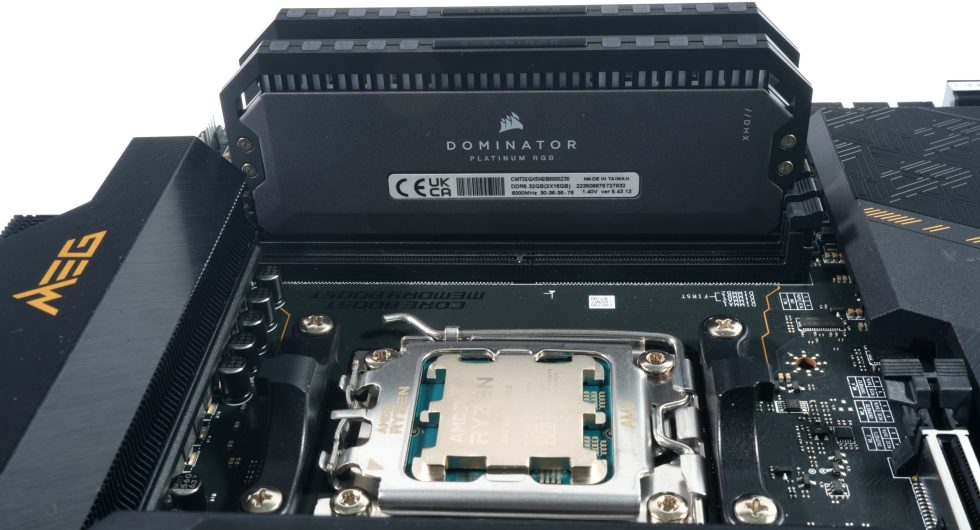
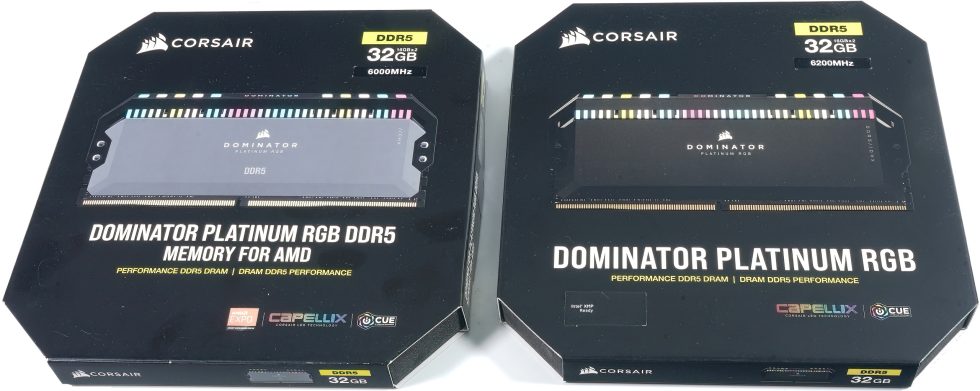
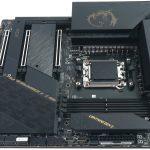
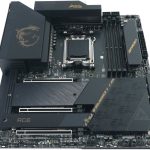
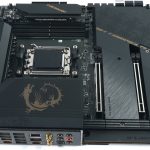
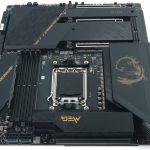
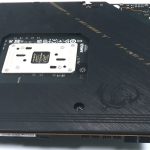
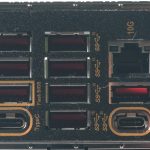
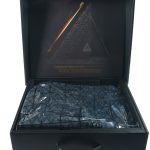
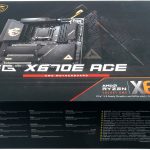
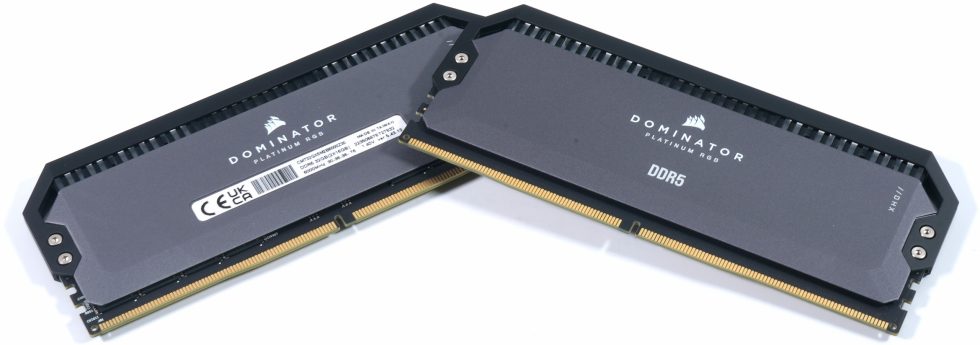
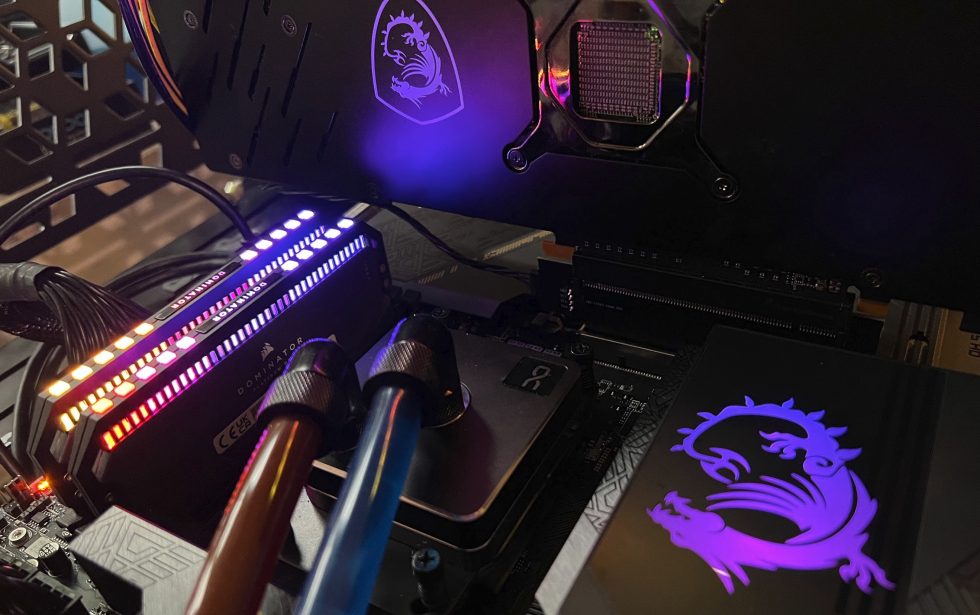
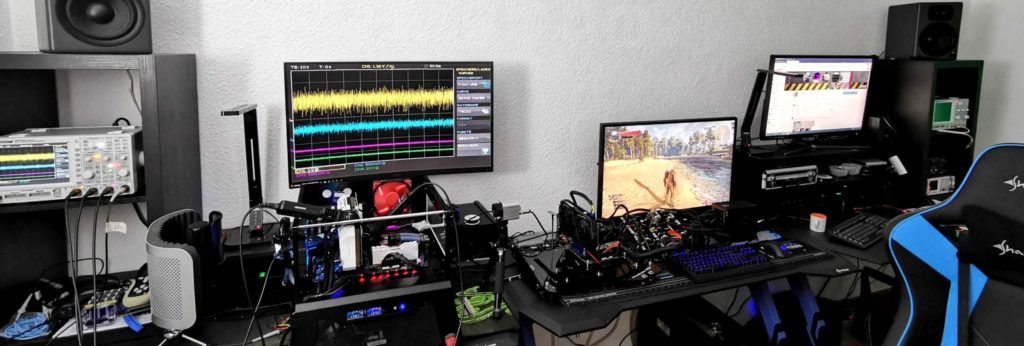
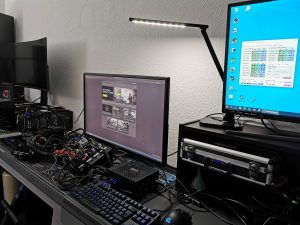
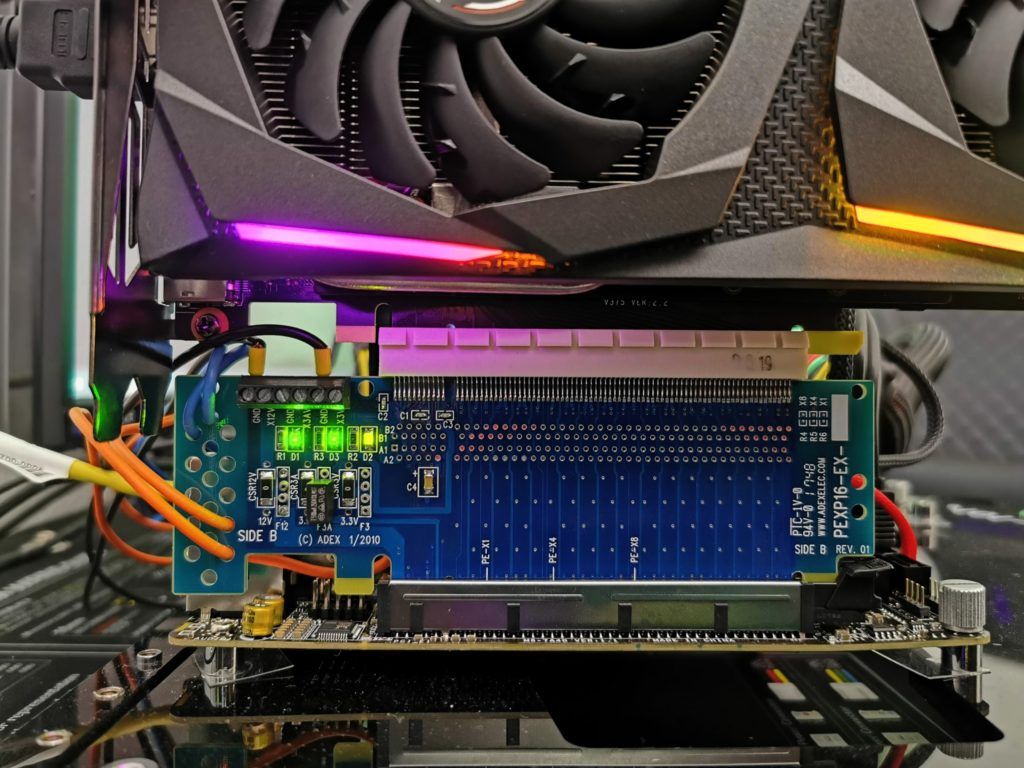
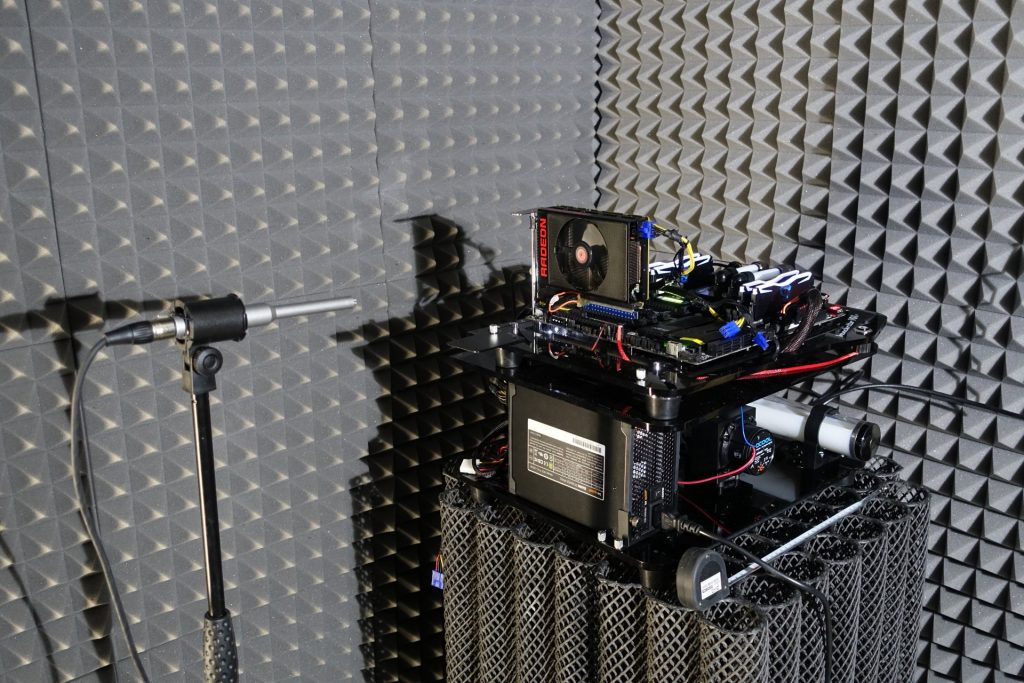


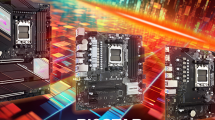

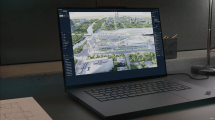















261 Antworten
Kommentar
Lade neue Kommentare
Mitglied
Veteran
Urgestein
Urgestein
Mitglied
Veteran
Veteran
Urgestein
Mitglied
Veteran
Veteran
Veteran
Urgestein
Veteran
Veteran
Mitglied
Veteran
Urgestein
Alle Kommentare lesen unter igor´sLAB Community →